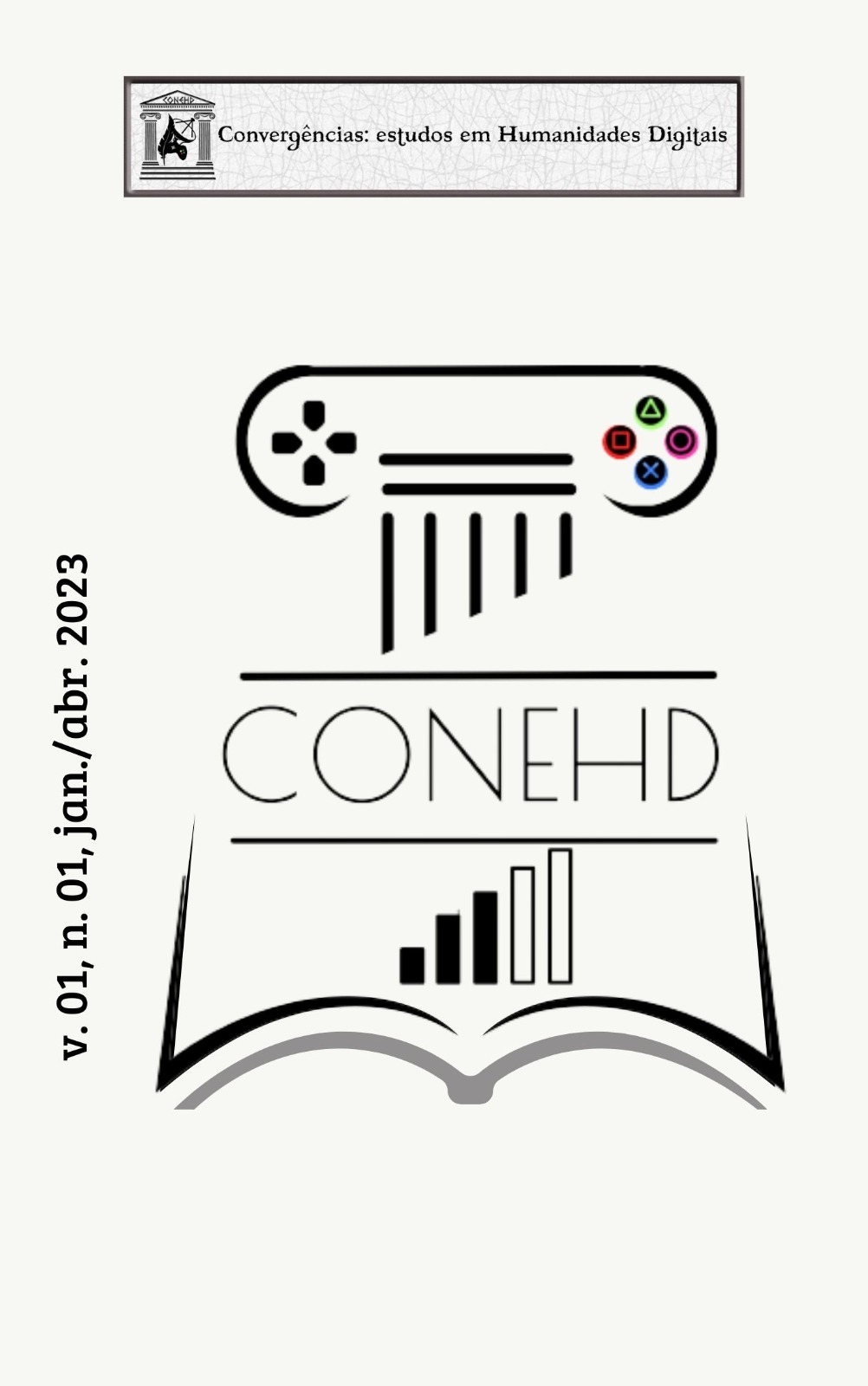Divergências na utilidade e usabilidade das ferramentas digitais: a segmentação do conteúdo de moda na contribuição do bem-estar social da pessoa idosa
DOI:
10.59616/conehd.v1i01.76Palavras-chave:
Idoso, Usabildade, Utilidade, Imagem visual, bem-estarResumo
Mediante o aumento da expectativa de vida da pessoa idosa e o crescimento da população, torna-se presente a tecnologia informatizada na contribuição de sua longevidade, proporcionando a convivência com os mecanismos digitais acessíveis. O processo de envelhecimento se constrói por histórias vividas e sua contagem cronológica e se faz presente neste estudo por meio de uma averiguação na inclusão de ferramentas digitais no cotidiano da pessoa idosa. Este estudo apresenta uma abordagem investigativa da pessoa idosa e a presença das ferramentas digitais, o que averiguou que é possível a segmentação do conteúdo de moda na contribuição do bem-estar subjetivo no acesso digital pela pessoa idosa. Sendo assim, esta pesquisa aprofunda-se nos acessos pela pessoa idosa, nas ferramentas digitais e na identificação dos conteúdos acessados e visualizados por elas. O estudo inicia-se perante uma investigação no que se diz respeito ao conhecimento das ferramentas digitais, da sua utilidade e usabilidade dos mecanismos digitais disponíveis na atualidade. Portanto, justifica-se a compreensão ao objetivo principal deste estudo, ou seja, a moda pode ser introduzida como conteúdo de aplicativos acessados pela pessoa idosa, tornando-se presente em seus acessos, por meio de um modelo conceitual com base na educação tecnológica. Sendo assim, este estudo classifica-se como uma pesquisa básica, qualitativa e descritiva. Em relação aos procedimentos técnicos, o embasamento teórico foi elaborado, em especial, por meio de livros, artigos, dissertações e teses, evidenciando a moda como centro dos assuntos e conteúdos, contribuindo na imagem visual, autoestima e bem-estar da pessoa idosa. Conclui-se que o entendimento de conteúdos relacionados à moda, pode contribuir na imagem visual e em seu bem-estar subjetivo, o que nos resultou no interesse e na compreensão referente a uma navegação segmentada de acordo com os interesses da pessoa idosa.
Downloads
Publicado
Métricas
Visualizações do artigo: 402 PDF downloads: 275





